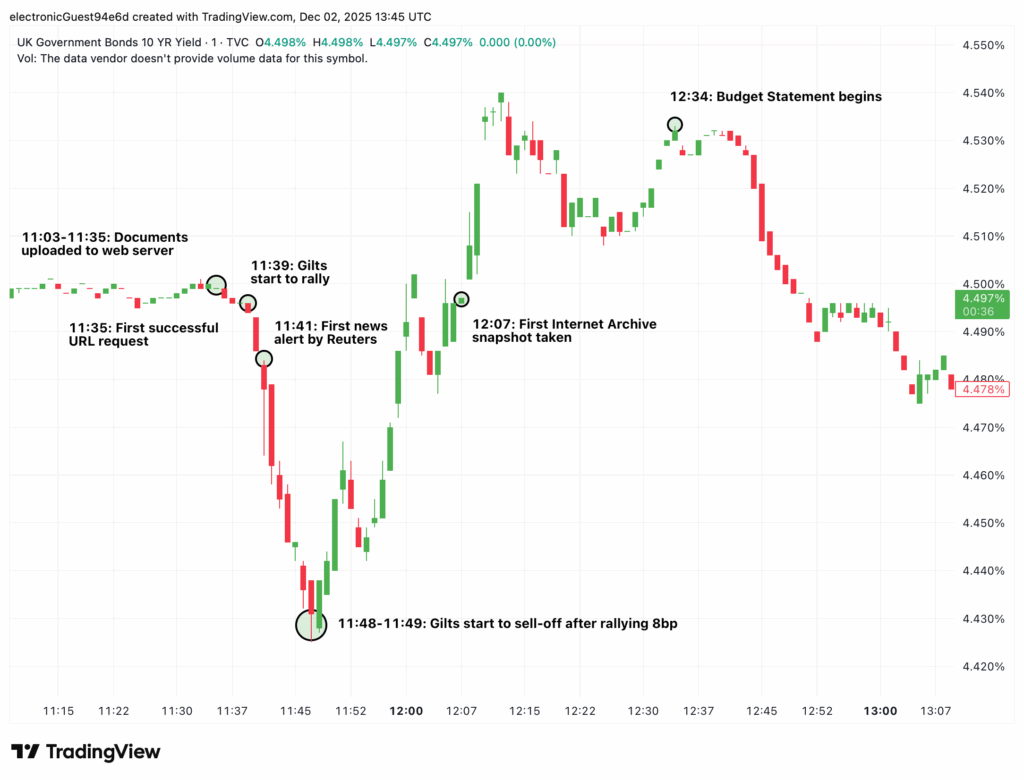This working paper updates the earlier methodological description of the dataset published as Darvas, Z. (2012) ‘Real effective exchange rates for 178 countries: A new database', Working Paper 2012/06, Bruegel
Click here for the most recently updated database
We demonstrate that short-run real exchange effective rate changes are dominated by nominal effective exchange rate changes, while inflation rates are sticky and contribute little to short-run real exchange rate changes. These observations allow a rather accurate real-time approximation of the real effective exchange rate using actual nominal exchange rate data and forecast inflation data. We measure the approximation error and find it is minor for most countries and sizeable only for a few countries experiencing high and volatile inflation. For a set of countries, the revision in our estimates using real-time data is slightly lower than the revision in World Bank estimates and much lower than International Monetary Fund estimates. By considering two widely studied economic issues, unit root testing in real exchange rates and nominal exchange rate forecasting with the real exchange rate, we find that using a version of real exchange rates based on approximated monthly price level data instead of actual price level data hardly changes the conclusions on unit roots and forecasting. By combining alternative data sources for exchange rates and consumer prices, we calculate up-to-date monthly real effective exchange rates for 177 countries and the euro area. Our dataset, which is frequently updated, includes more than twice as many observations as the second most comprehensive dataset.
Recommended citation:
Darvas, Z. (2021) ‘Timely measurement of real effective exchange rates', Working Paper 15/2021, Bruegel





Identifying The Opportunities Of the AI Buildout (Part 2)